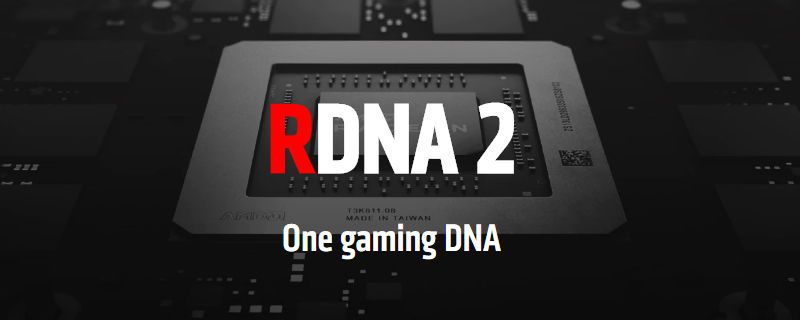The first rumors about AMD’s RDNA 2 “Big Navi” graphics card were that it would be an “Nvidia killer”, but new reports suggest that this will not be the case. We all know by now that AMD plans to launch its first RDNA 2 graphics cards before the end of the year, which will provide great high-end performance for its rival Nvidia.
WMA “Big Navi” RDNA 2 would not be as powerful as expected
As the launch gets closer, AMD will be sharing more information with its partners such as ASUS, Sapphire, Gigabyte, MSI, and XFX. These discussions will lead to more and more data leaks, which will allow more information to get on the Internet.
CoreTeks has reported that AMD has begun sharing information with “Asian sources” who have stated that the “Big Nav” is not as powerful as expected. CoreTeks reports that AMD’s flagship of the next generation will be only 15% more powerful than Nvidia’s RTX 2080 Ti, and that in “optimized” titles.
Against this background, it is expected that the AMD flagship of the next generation will be a competitor to the RTX 3080. This is far from reports that the AMD RDNA 2 flagship would offer a 50% performance advantage over the RTX 2080 Ti, a performance that has been declining.
AMD plans to offer its RDNA 2 at a quite competitive price to launch the Nvidia RTX 3080. This will allow AMD to offer consumers more value than its competitor in the high-end market, i.e. a product that delivers value for money, the best combination that consumers expect. The low-end Navi will be competitive with Nvidia’s other RTX 30 offerings, although this would make Nvidia’s hypothetical RTX 3080 Ti unrivaled in its segment. We will keep you informed.
AMD’s current top product in the gaming graphics market is the Radeon VII, a 7nm card based on the previous generation GCN architecture, and the top product in the Navi family is the RX 5700 XT, launched last year and offering similar performance to NVIDIA’s RTX 2070 Super. It looks like the new architecture will significantly enhance the performance of Big Navi’s flagship graphics cards.
Source: Overclock3d
